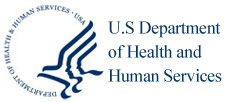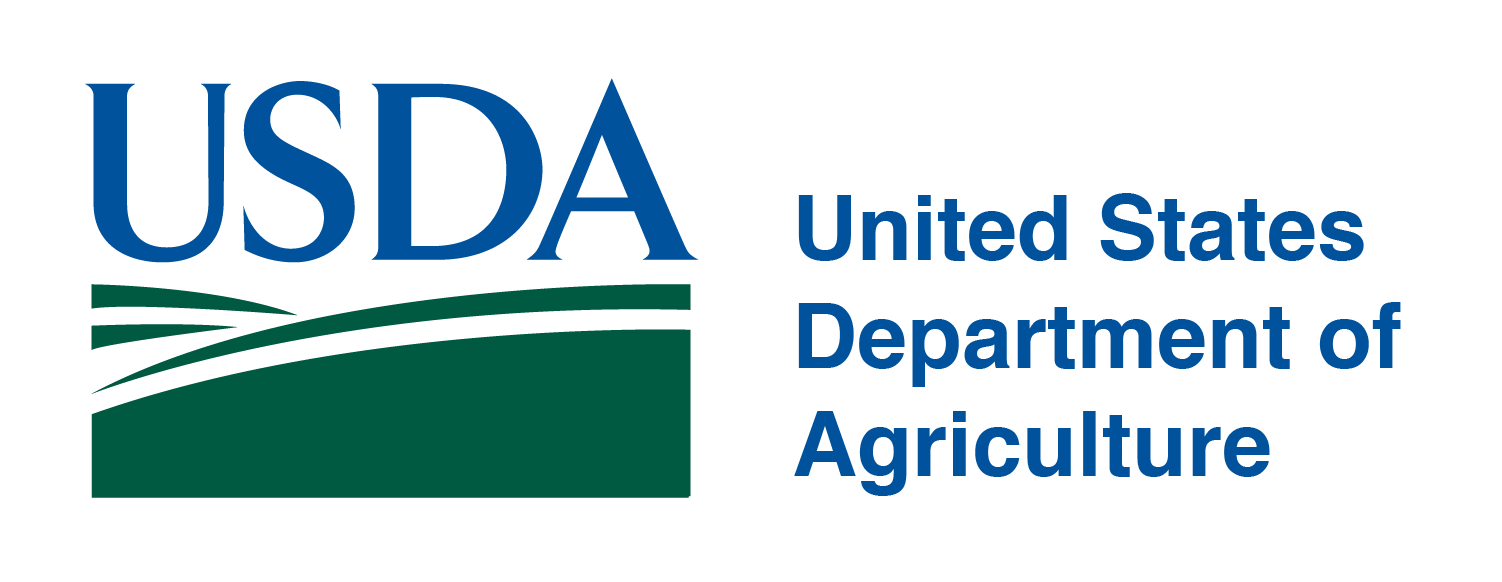- Celebrating National Rural Health Day
- DEA, HHS: Third Temporary Extension of COVID-19 Telemedicine Flexibilities for Prescription of Controlled Medications
- Talking Rural Health Care with U of M
- Public Inspection: DEA, HHS: Third Temporary Extension of COVID-19 Telemedicine Flexibilities for Prescription of Controlled Medications
- CDC Presents a Five-Year Plan for Rural Healthcare
- Kansas Faith Leaders 'Well Positioned' To Help Fill Mental Health Care Gaps in Rural Areas
- The CDC Wants More Kansas Farm Workers to Get Their Flu Shots This Season
- Study: Rural Residents More Likely to Struggle With Medical Debt
- Deaths From Cardiovascular Disease Increased Among Younger U.S Adults in Rural Areas
- VA Proposes to Eliminate Copays for Telehealth, Expand Access to Telehealth for Rural Veterans
- In Rural Avery County, Helene Washed Away One of the Only Dental Clinics
- Rural Veterans Are Struggling with Access to VA-Provided Care
- Community Health Workers Spread Across the US, Even in Rural Areas
- Idaho Gained Nurses. But Not Enough To Deal with Retirements and Population Boom.
- CMS Announces New Policies to Reduce Maternal Mortality, Increase Access to Care, and Advance Health Equity
U.S. Surpasses 300,000 Million Dose Mark for COVID-19 Vaccination
The U.S. surpassed another milestone in its efforts to vaccinate Americans against the coronavirus. The U.S. Centers for Disease Control and Prevention announced that more than 300 million vaccines doses have so far been administered across the country. Even if the United States meets President Joe Biden’s COVID-19 vaccination goal for first doses by Jul 4, now less than a month away, at least 30 states will not hit the 70 percent mark among their own adult residents. One-dose vaccine coverage hit 63 percent.
Teen COVID-19 Hospitalizations on the Rise
The director of the Centers for Disease Control and Prevention (CDC) is urging parents to get their teenagers vaccinated against COVID-19 after an alarming spike in hospitalizations among young coronavirus patients. About 24 percent of kids ages 12 to 17 have received at least one dose. Before most were eligible for the vaccine, about one-third of teens who were admitted to the hospital for COVID-19 wound up in the intensive care unit, according to the CDC. Nearly five percent of those cases were put on respirators. None of the patients died. CDC Director Rochelle Walenksy said she is “deeply concerned by the numbers of hospitalized adolescents.”
HHS Secretary Warns COVID-19 Vaccines Must Be Free to Patients
HHS Secretary Xavier Becerra on Wednesday warned providers they must administer COVID-19 vaccines free to patients. In a letter to providers and insurers, Becerra said providers cannot require patients to get additional medical services to receive a vaccine or charge them a fee if a vaccine dose is the only medical service they provide. Instead, they can bill Medicare, Medicaid, private insurance or other health coverage to cover the costs of administering a vaccine. They can also bill the Health Resources and Services Administration if patients are uninsured or underinsured.
Looking at “Easy Enrollment” for Pennsylvania Uninsured Residents
More than 700,000 Pennsylvanians are currently uninsured and many struggle to manage their health while maintaining economic stability. Some states have enacted a program called Easy Enrollment to increase access to coverage and streamline the process. Easy Enrollment utilizes state personal income tax returns. Individuals would be given the option to check a box if they or their family members lack coverage. The Department of Revenue would send their information, with consent, to Pennie. Pennie would then conduct an eligibility review. If a consumer is deemed eligible for Medicaid or CHIP, the information will be sent to the Department of Human Services for processing. Individuals deemed potentially eligible for Pennie will have a 60-day Special Enrollment Period to select a marketplace plan. The Pennsylvania Health Access Network (PHAN) has issued a policy statement for organizations to support this initiative. PACHC has already contacted PHAN to express their support for the initiative.
Record Number Gain Security of Coverage through ACA
The U.S. Department of Health and Human Services released a new report that shows 31 million Americans have health coverage through the Affordable Care Act (ACA) – a new record. The report also shows that there have been reductions in the uninsured rate in every state in the country since the law’s coverage expansions took effect. People served by the health insurance Marketplaces and Medicaid expansion have reached record highs. In the commonwealth, 315,334 Pennsylvanians effectuated ACA health insurance coverage in February 2021 and more than 913,000 accessed health insurance through Medicaid expansion, bringing the uninsured rate from 9.7 percent in 2013 to 5.8 percent in 2019. Pennsylvania is one of 39 states (including DC) to adopt Medicaid expansion. Read more.
House Health Committee Passes Nurse Compact Act
The House Health Committee passed SB 115 out of committee. The bill would authorize Pennsylvania to join the Nurse Licensure Compact (NLC). To date, 34 states are part of the NLC, which recognizes mutual agreement in the requirements of the professional licensure of nurses and reciprocity of license transfer between member states.
Senate Amends, Passes Resolution Ending Governor’s Emergency Declaration
Pennsylvania’s Republican-controlled legislature voted to end Gov. Wolf’s emergency declaration, while extending hundreds of regulatory waivers the administration approved over the past 15 months. On June 9, the Senate amended HB 854 to extend the waivers until Sept. 30, 2021 or sooner if the entity that issued the waiver terminates the waiver. This will give the legislature and the Governor time to negotiate which waivers to continue or terminate. The administration’s authority to revise mitigation orders, such as mask wearing, is not covered by the lawmakers actions.
Study Reveals Agriculture-related Injuries More Numerous than Previously Known
A new study by Penn State researchers, who looked at emergency room admissions across the U.S. over a recent five-year period in a novel way, suggests that the agriculture industry is even more dangerous than previously believed. Full story
COVID-19 Vaccination Tools for Long-Term Care Facilities

Throughout the COVID-19 pandemic, staff in nursing homes have been providing ongoing care to our nation’s most vulnerable. It’s on trusted messengers like you to make sure we’re reaching people who need to be protected from the COVID-19 virus.
Building vaccine confidence among Long-Term Care Facility staff and residents is important. That’s why we wanted to pass along useful data, materials, and resources to be able to guide conversations, answer questions, and help get people vaccinated.
Centers for Medicare & Medicaid Services Resources:
- Long-Term Care Community Champions – Voices from the Front Lines Videos: CMS has released videos with long-term care staff who moved from being initially uncertain about receiving the COVID-19 vaccine to accepting it, and encouraging their peers to do the same. The videos are available here:
- COVID-19 Nursing Home Data – As part of CMS’ commitment to protect nursing home residents, nursing homes are now required to report vaccinations of residents and staff. These data are available on this webpage.
- Fireside Chat Recordings – This webpage holds all CMS COVID-19 partner calls, including CDC/CMS hosted fireside chats answering long-term facility staff questions about COVID-19 vaccination.
Centers for Disease Control and Prevention Resources:
- Vaccination Toolkit for Long-Term Care Facilities – This toolkit includes key COVID-19 vaccination information, strategies for initiating discussions about vaccination, and a variety of printable resources to build vaccine confidence among long-term care facility residents and staff.
- Ensuring Access to COVID-19 Vaccine in Long-Term Care Facilities – Many long-term care facilities (LTCFs) are offering on-site vaccination for residents and staff. This webpage has more information about how LTCFs can access vaccines, and a list of long-term care pharmacies participating in the Federal Retail Pharmacy Program.
- #GetVaccinated – This American Health Care Association/National Center for Assisted Living (AHCA/NCAL) webpage has additional resources to help long-term care staff make informed decisions about getting a COVID-19 vaccine.
- Vaccines for COVID-19 | CDC
USDA Invites Applications to Help Disadvantaged Groups Strengthen Capacity

The U.S. Department of Agriculture (USDA) announced that it is seeking applications for grants under the Socially Disadvantaged Groups Grant program.
The purpose of this program is to provide technical assistance to socially-disadvantaged groups in rural areas. Eligible applicants include cooperatives, groups of cooperatives and cooperative development centers with a majority of its board of directors or governing board comprised of individuals who are members of socially disadvantaged groups. A socially-disadvantaged group is one whose members have been subjected to racial, ethnic or gender prejudice because of their identity as members of a group and without regard to their individual qualities.
This program supports Rural Development’s mission to improve the quality of life for rural Americans and commitment to direct agency resources to those who most need them. Grant funds may used only for the benefit of socially-disadvantaged groups in rural areas.
For FY 2021, USDA plans to award up to $3 million in grants. The maximum grant award is $175,000. Grants may be used to develop and operate a Rural Cooperative Development Center that could provide the following technical assistance and other services to rural socially-disadvantaged groups and businesses:
- Conducting feasibility studies
- Developing business plans
- Providing leadership and operational improvement training
Completed applications must be submitted electronically through Grants.gov no later than 11:59 p.m. Eastern Time on Aug. 9, 2021. For additional information, see page 32882 of the June 23 Federal Register.
